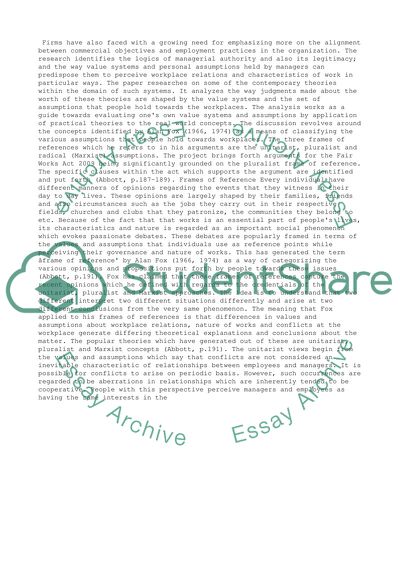Cite this document
(“Fair Work Act 2009 based on the pluralist frame of reference Essay”, n.d.)
Retrieved from https://studentshare.org/business/1400660-industrial-relations-the-pluralist-frame-of
Retrieved from https://studentshare.org/business/1400660-industrial-relations-the-pluralist-frame-of
(Fair Work Act 2009 Based on the Pluralist Frame of Reference Essay)
https://studentshare.org/business/1400660-industrial-relations-the-pluralist-frame-of.
https://studentshare.org/business/1400660-industrial-relations-the-pluralist-frame-of.
“Fair Work Act 2009 Based on the Pluralist Frame of Reference Essay”, n.d. https://studentshare.org/business/1400660-industrial-relations-the-pluralist-frame-of.


